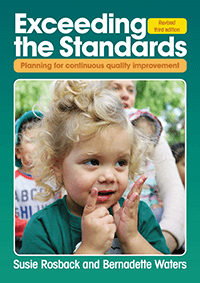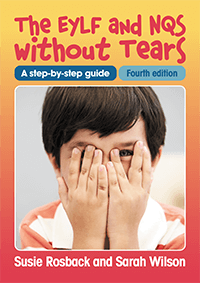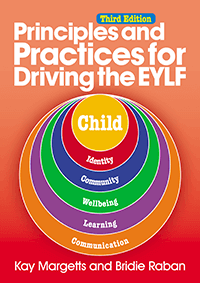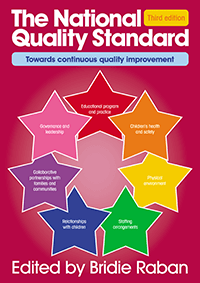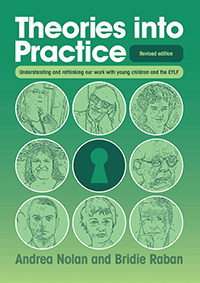
Early Years Learning Framework in Practice - 3rd edn
A handbook for educators and families
The Early Years Learning Framework in Practice - Third edition provides early childhood professionals with a practical guide for interpreting and implementing the EYLF V2.0. It features five chapters offering advice and strategies for supporting each of the Learning Outcomes. An overview of the Principles and Practices and pedagogy underlying the EYLF V2.0 is included along with advice on implementing the Learning Outcomes with different age groups. It also incorporates updated information about the National Quality Agenda for Early Childhood Education and Care.
This resource will help early childhood educators to articulate their practice, undertake their NQS self-evaluation and develop their Quality Improvement Plan, particularly in the areas of Education Program and Practice, Physical Environment and Relationships with Children, prior to the assessment and rating process taking place in their service.
|
AUD incl GST
|
Add to cart | |
| or more | each |
